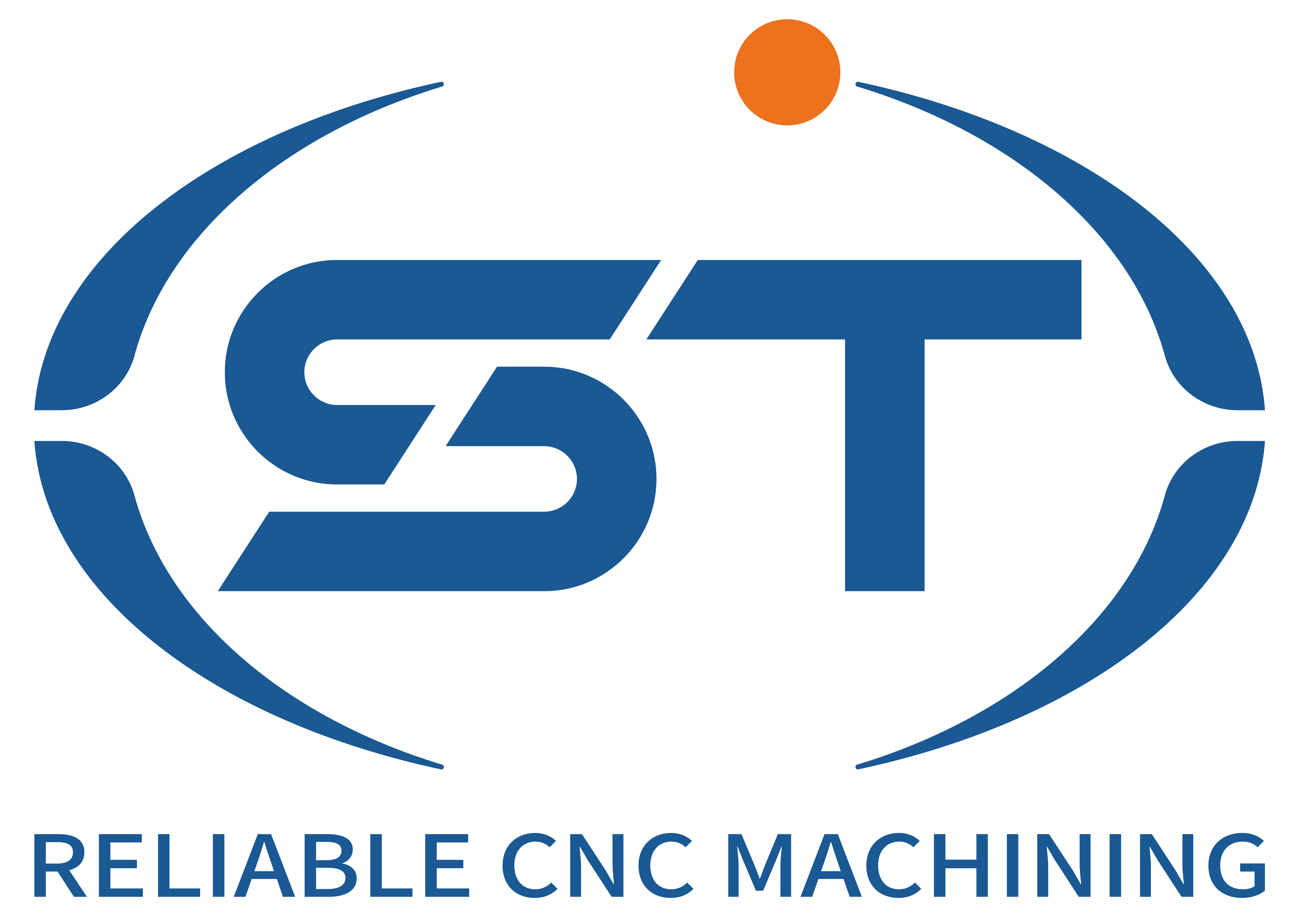Optimizing Cutting Parameters in Lavorazione CNC of Automotive Components for Enhanced Efficiency
In CNC machining for automotive applications, cutting parameters—such as spindle speed, feed rate, depth of cut, and tool geometry—directly influence productivity, tool life, and part quality. By refining these parameters through data-driven analysis, simulation, and adaptive control, manufacturers can achieve faster cycle times, reduced tool wear, and higher precision. Below are key strategies to optimize cutting parameters and boost efficiency in automotive CNC machining.
Table of Contents
ToggleData-Driven Analysis and Historical Parameter Benchmarking
Leveraging historical machining data is a foundational step in optimizing cutting parameters. By analyzing past production runs, manufacturers can identify trends in tool life, surface finish, and cycle times across different materials, tools, and machine configurations. For example, if data shows that a specific feed rate consistently results in premature tool failure when machining a particular alloy, engineers can adjust the parameter to extend tool life without sacrificing productivity.
Machine learning algorithms can process large datasets to uncover hidden correlations. By correlating cutting parameters with outcomes—such as surface roughness, dimensional accuracy, or tool wear rates—AI models can predict optimal settings for new jobs. For instance, a model might recommend reducing the depth of cut by 20% when using a certain tool geometry to minimize vibration and improve surface finish.
Benchmarking against industry standards or internal best practices also helps refine parameters. By comparing current cutting strategies with proven methods for similar materials or components, manufacturers can pinpoint inefficiencies and implement improvements. For example, if a competitor’s case study demonstrates that a higher spindle speed reduces cycle time by 15% for a comparable part, the manufacturer might test similar adjustments in a controlled environment.
Simulation and Virtual Testing of Cutting Strategies
Cutting simulation software enables manufacturers to test and optimize parameters virtually before physical implementation. By modeling toolpaths, material properties, and machine dynamics, simulations predict outcomes such as cutting forces, tool deflection, and chip formation. For example, a simulation might reveal that a proposed feed rate generates excessive heat, leading to thermal expansion and dimensional inaccuracies, prompting an adjustment to the parameters.
Virtual testing also reduces trial-and-error on the shop floor. Instead of wasting material and time on multiple test runs, engineers can iterate parameters in software to find the optimal balance between speed and quality. For instance, a simulation could demonstrate that increasing the spindle speed by 10% while decreasing the feed rate by 5% improves surface finish without extending cycle time.
Adaptive simulation tools go further by incorporating real-time data. By integrating sensor feedback from active machining processes, simulations can dynamically adjust parameters to account for variables like tool wear or material inconsistencies. This ensures that cutting strategies remain optimized even as conditions change during production.
Adaptive Control Systems for Real-Time Parameter Adjustment
Adaptive control systems use IoT sensors and machine learning to adjust cutting parameters in real time based on in-process data. Sensors monitor variables such as tool vibration, cutting forces, and spindle load, feeding this information into algorithms that optimize parameters on the fly. For example, if a sensor detects a sudden increase in cutting forces, the system might reduce the feed rate to prevent tool breakage or surface defects.
These systems also extend tool life by minimizing wear. By continuously analyzing tool condition and adjusting parameters to maintain optimal cutting conditions, adaptive control reduces the need for premature tool replacements. For instance, if a tool begins to dull, the system might increase the spindle speed slightly to compensate, maintaining consistent chip load and preventing overloading.
Furthermore, adaptive control improves energy efficiency. By optimizing parameters to minimize idle times and reduce unnecessary power consumption, these systems lower operational costs and environmental impact. For example, the system might pause the spindle during non-cutting moves or adjust parameters to reduce energy-intensive operations like deep cuts.
High-Speed Machining (HSM) and Advanced Toolpath Strategies
High-speed machining (HSM) techniques leverage optimized cutting parameters to achieve faster material removal rates while maintaining precision. By using high spindle speeds, light depths of cut, and rapid feed rates, HSM reduces cycle times and minimizes heat generation, which can distort parts or degrade tool life. For example, HSM strategies might employ a feed rate of 1,000 inches per minute (IPM) when roughing aluminum, compared to 300 IPM with conventional methods.
Advanced toolpath strategies—such as trochoidal milling, adaptive clearing, and constant engagement angle (CEA) toolpaths—further enhance efficiency. These techniques distribute cutting forces evenly, reducing tool stress and enabling higher feed rates. For instance, trochoidal milling maintains a consistent chip load by moving the tool in a circular pattern, preventing overloading and extending tool life.
Combining HSM with adaptive control systems maximizes benefits. By dynamically adjusting parameters during HSM operations, manufacturers can respond to real-time conditions—such as tool wear or material variations—ensuring consistent performance. For example, if a tool begins to dull during an HSM operation, the adaptive system might reduce the feed rate slightly to maintain the desired chip load and surface finish.
By optimizing cutting parameters through data analysis, simulation, adaptive control, and advanced machining strategies, automotive manufacturers can significantly enhance CNC machining efficiency. These improvements not only reduce costs and lead times but also elevate part quality and competitiveness in a demanding industry.




